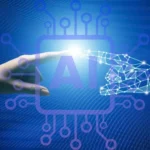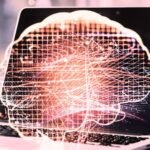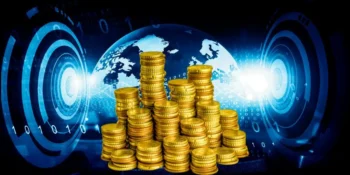The Internet of Things (IoT) has emerged as a transformative force, connecting everyday devices to the Internet and enabling seamless communication and data exchange. This article delves into the transformative potential of IoT, exploring its principles, applications, and perspectives surrounding its development and integration into society, inspiring a sense of optimism about the future.
Internet of Things: Facts
Understanding the foundational facts surrounding the Internet of Things is essential for recognizing its significance and applications:
- Definition and Principle: The Internet of Things (IoT) refers to an interconnected network of physical devices, vehicles, buildings, and other objects that are embedded with sensors, software, and network connectivity. It helps these objects collect and exchange data, facilitating automation, monitoring, and control.
- Components and Architecture: IoT systems comprise sensors and devices that collect data, connectivity that transmits the data to the cloud or edge servers, data processing and analytics that derive insights from the data, and user interfaces that enable interaction with the IoT system. This architecture supports real-time data collection, analysis, and decision-making.
- Applications Across Industries: IoT has diverse applications across multiple industries. In healthcare, IoT devices monitor patient vitals and manage chronic conditions. In agriculture, IoT sensors optimize irrigation and crop management. In smart cities, IoT solutions enhance traffic management, energy efficiency, and public safety. Other applications include industrial automation, smart homes, and supply chain management.
- Data and Connectivity: IoT generates vast amounts of data, often called big data, which requires robust data management and analytics capabilities. Connectivity options for IoT devices include Wi-Fi, Bluetooth, cellular networks, and low-power wide-area networks (LPWAN), each suited to different use cases based on range, power consumption, and data transmission requirements.
Internet of Things: Views
Examining various perspectives on the Internet of Things provides insight into the opportunities and challenges it presents:
- Enhanced Efficiency and Innovation: Proponents of IoT emphasize its potential to enhance efficiency, drive innovation, and improve decision-making across various sectors. IoT can significantly impact productivity, cost savings, and service delivery by automating processes, optimizing resource use, and providing real-time insights.
- Privacy and Security Concerns: Critics raise concerns about the privacy and security implications of IoT. The proliferation of connected devices increases the risk of cyberattacks, data breaches, and unauthorized entry to sensitive information. Ensuring robust security measures, encryption, and compliance with privacy regulations is essential to protect users and maintain trust in IoT systems.
- Interoperability and Standards: The lack of standardization and interoperability among IoT devices and platforms poses challenges to seamless integration and scalability. Developing universal standards and protocols is crucial for enabling devices from different manufacturers to share and work together effectively, thereby fostering a cohesive IoT ecosystem.
- Impact on Employment: The widespread adoption of IoT impacts the workforce by automating certain tasks and creating demand for new skills. Upskilling and reskilling initiatives are crucial for preparing workers for the evolving job landscape, enabling them to adapt to new roles and effectively leverage IoT technologies.
Conclusion
The Internet of Things represents a powerful tool for innovation, enabling seamless connectivity, data exchange, and automation across various domains. However, realizing its full potential requires addressing challenges such as privacy, security, interoperability, and the impact on the workforce. By fostering responsible innovation, promoting standardization, and ensuring robust security measures, stakeholders can harness the transformative power of IoT to create a more connected, efficient, and intelligent world, thereby reassuring the audience about its ethical implications.










